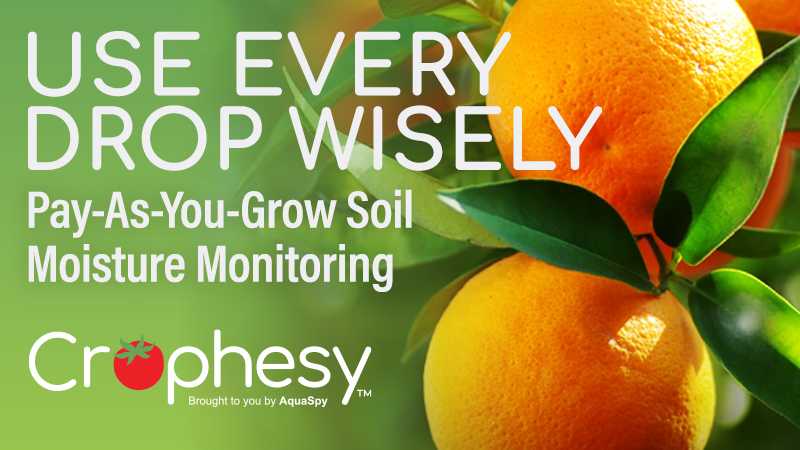Scientists Strive To Safeguard Strawberries

The Sunshine State’s strawberry industry boasts some impressive statistics. According to the Florida Strawberry Growers Association, the 18 million flats produced each year would extend from Plant City to Seattle and back again if placed from end to end. Hillsborough County produces approximately 15% of all U.S. strawberries and virtually all the berries grown during the winter. The commodity has an economic impact in Florida that exceeds $272 million. With such a valuable crop at stake, there is no shortage of studies taking place at the University of Florida (UF) to help safeguard strawberries. Following is a look at some of the latest research.
“Early in the season (late November/early December in west central Florida), ‘Strawberry Festival’ produces relatively low yields, and during the second half of the main production period (starting in late February in west central Florida) it tends to produce fruit of marginal size,” says UF strawberry breeder Craig Chandler. “‘Florida Radiance’ strawberry has produced high early-season yields, and has maintained good fruit size throughout the main production period in plots at the former University of Florida research center at Dover, and on several commercial farms in west-central Florida.”
‘Florida Radiance’ had higher production than ‘Strawberry Festival’ in February, while ‘Strawberry Festival’ had higher production than ‘Florida Radiance’ in January. ‘Florida Radiance’ is moderately resistant to anthracnose fruit rot (caused by Colletotrichum acutatum), but is susceptible to crown rots.
The second new variety, ‘Florida Elyana,’ has produced large, flavorful fruit from December through March in research center plots and in a high tunnel trial on a commercial farm in west-central Florida. This cultivar produces larger fruit than ‘Strawberry Festival.’
“‘Florida Elyana’ fruit are quite susceptible to surface cracking, which is due to exposure to free moisture,” cautions Chandler. “Thus, we are not recommending this cultivar for open-field culture where there is a high likelihood of multiple rain or dew events during the fruiting season.”
‘Florida Elyana’ is as productive as ‘Strawberry Festival’ in December and January, but not as productive later in the season. However, in a recent high tunnel trial at Gulf Coast Research and Education Center, total season yield for ‘Florida Elyana’ was not significantly different than for ‘Strawberry Festival.’
“Growers may be able to increase the productivity of ‘Florida Elyana’ on a per unit area basis by planting this cultivar at a higher than standard density,” advises Chandler.
‘Florida Elyana’ is moderately resistant to botrytis fruit rot and anthracnose fruit rot.
Problematic Pests
Chili thrips, found for the first time at two strawberry farms in the Plant City area last season, have caught the attention of researchers. In both cases, the chili thrips were controlled with spinosad.
“This pest is known in ornamentals, but these were the first finds in an agricultural crop, says UF entomologist Jim Price. “It could become a major problem, so we are keeping our eyes open to see if it is found on a wider scale this season.”
Price says the pest attacks the interior of the plants. Growers should suspect chili thrips if they see bronzing on petioles, leaf undersides, and crowns of plants. Growers need to call their Extension agent if they think they have chili thrips.
Another pest problem Price is addressing is the sap beetle, which infests ripe fruit late in the season. He has been working with a chemical called novaluron, which stops sap beetle reproduction and prevents larvae from getting into fruit. Price is hoping to see novaluron available for emergency use this coming season.
“Novaluron also stops reproduction of Asian cockroach, a pest that’s multiplying in our area,” adds Price.
Deadly Diseases
Along with pests, diseases also can take their toll on strawberries.
“We saw a problem last season with anthracnose crown rot, and have been experimenting with various fungicide programs,” says Jim Mertely, director of the Plant Diagnostic Lab at the UF Gulf Coast Research and Education Center.
Mertely’s research results show Captan sprayed prior to an infection can be an effective protectant for a about a month. Good curative choices after an infection has happened include Abound (azoxystrobin, Syngenta Crop Protection), Cabrio (pyraclostrobin, BASF), and Topsin M (thiophanate-methyl, Cerexagri).
With chemical companies recently raising rates by 20%, controlling plant diseases in a profitable manner is becoming increasingly important, says Mertely. As such, UF Drs. Natalia Peres and Steve Mackenzie are working on new disease modeling programs for anthracnose fruit rot and botrytis fruit rot that can be potentially helpful to growers. The programs use weather, inoculum, scouting, and other observations to determine when to spray crops.
“Farmers usually spray on a set calendar schedule or just after picking, but with the right predictive model, they may be able to cut their spraying in half,” concludes Mertely.









